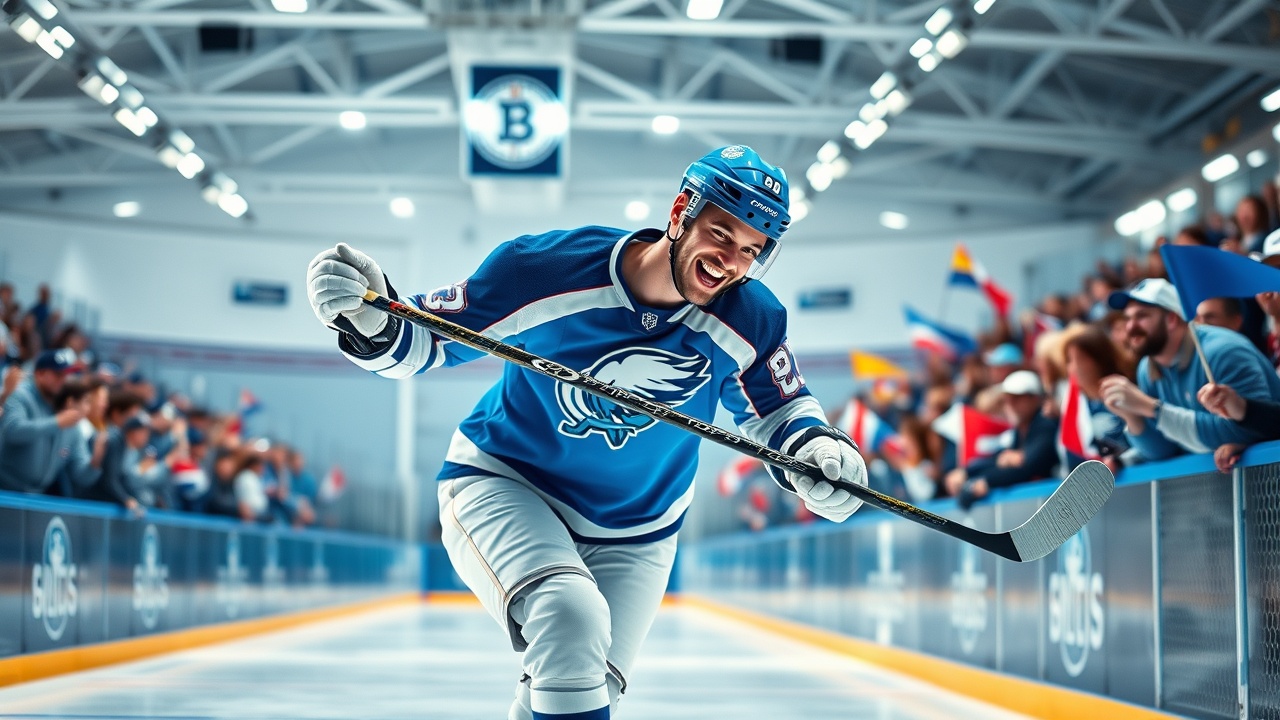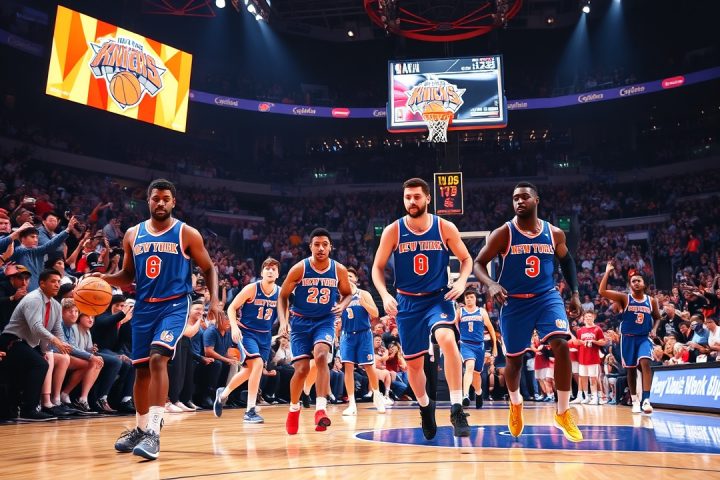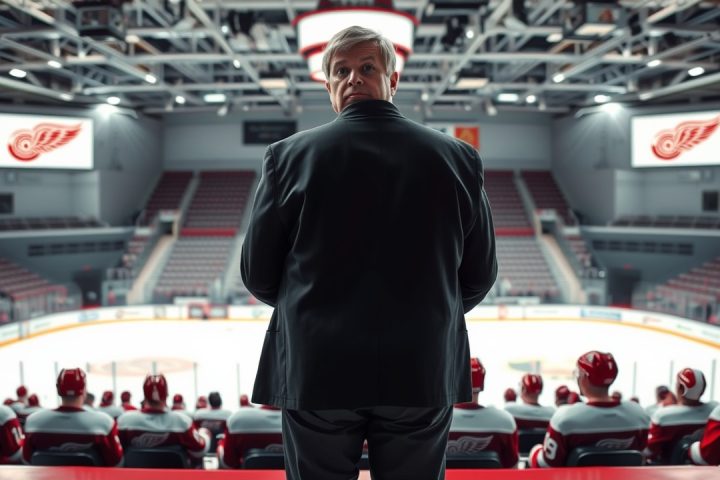Introduction
In the mid-1990s, during a casual catch-up session between old friends, Kyle McDonough received exciting news from Adam Sandler. McDonough, a standout center at the University of Vermont hockey team from 1985 to 1989, was making his mark in Norway’s professional hockey league, while Sandler, on the other side of the Atlantic, was ready to start filming a movie they had previously discussed.
“Remember that film idea we talked about? We’re finally shooting it in Vancouver this summer,”
Sandler informed him.
The Birth of “Happy Gilmore”
This film, titled “Happy Gilmore,” was released in February 1996, featuring Sandler as a washed-up hockey player who unexpectedly finds success in golf—thanks to his powerful slap shot. Despite grossing under $40 million in North America, the film became a significant stepping stone in Sandler’s career, establishing him as a major comedic figure and leading to a lucrative Netflix deal worth $250 million for four films, including the recently released sequel, “Happy Gilmore 2.” Remarkably, this cinematic journey began with McDonough, affectionately recognized by Sandler as “McD,” who inspired the film nearly five decades ago on a driving range in Manchester, New Hampshire, and continues to be a close friend of the comedy star.
Friendship and Inspiration
The roots of this friendship trace back to the early 1970s when Sandler’s family moved to Manchester. There, six-month-older McDonough quickly became a pivotal figure in Sandler’s comfort and confidence as a child. Sandler credits McDonough’s family for supporting him like a second family, and it was clear that McDonough’s athletic prowess set high standards in their peer group. With a family background steeped in sports—his older brother having played in the NHL—it was evident to those around them, including Sandler’s father, Stan, that McDonough was destined for success in athletics.
Their bond deepened further when Stan took Kyle along to the local driving range. It was there that Sandler’s earlier observations of McDonough’s striking abilities translated into a potential movie concept. Inspired by the idea of a hockey player excelling at golf, Sandler and his writing partner, Tim Herlihy, began crafting a comical plot about McDonough’s unmatched golf skills and temper, giving birth to the character of Happy Gilmore.
From Concept to Film
By 1994, as Sandler established his Hollywood career, he was able to bring the concept of “Happy Gilmore” to fruition. The film was shot in British Columbia, and McDonough was able to witness the behind-the-scenes progress in person, living with Sandler during production. Ultimately, the film outperformed expectations, securing Sandler’s place in Hollywood. Over the years, “Happy Gilmore” grew into a cherished classic, infusing pop culture with its iconic quotes and memorable characters. However, while McDonough’s athletic career flourished—amassing accolades and leading his college team to NCAA recognition—the exaggerated antics of Sandler’s character contrasted sharply with McDonough’s own demeanor and approach to the sport.
McDonough’s Hockey Career
McDonough went on to enjoy a successful 13-year hockey career abroad, notably in leagues across Norway, where he reached remarkable goal tallies and even led his team to victory, marking his legacy within the sport. His connection to Sandler frequently resurfaces among his students, who are surprised to learn of the link and often question him about it.
Legacy and Future
As Sandler embraced more mainstream success, returning to the character of Happy Gilmore in a sequel, McDonough’s involvement was not forgotten. The latest film uniquely integrates hockey influences, featuring retired NHL players and showcasing Happy’s family as hockey enthusiasts as well. McDonough makes a cameo appearance as a caddie, reinforcing his enduring tie to the legendary film and the spirit of camaraderie that formed its foundation. As he steps away from coaching hockey to take on a coaching role in golf, McDonough reflects on the lasting effects of his friendship with Sandler, emphasizing the humility and kindness that has defined their relationship throughout the years.
The sequel reception is anticipated, and with the supportive buzz surrounding it, McDonough’s story—much like the fictional narratives that transpired from their childhood—continues to inspire, bridging the gap between an ordinary school experience and a remarkable journey through film and friendship.




